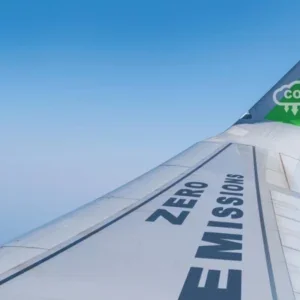The practice of renaming airports is long established, particularly in North America, where airports often take the name of a region’s most revered son or daughter; most notably Idlewild Airport in New York was renamed after John F Kennedy in 1963.
Not merely an act of deference, renaming an airport is increasingly seen as a commercial decision, particularly for smaller regional airports looking to attach a well-known name to their operation as a means of boosting growth. In 2001, Liverpool Airport became the first in the UK to be renamed after an individual when it was renamed Liverpool John Lennon Airport and has since seen passenger numbers grow from less than a million a year in the 1990s, to 4.2 million in 2013.
Bob Hope Airport, much smaller than neighbouring LAX, in Los Angeles, California, has gone through a number of name changes throughout its history, first being United Airport (1930-34), then Union Air Terminal (1934-40), Lockheed Air Terminal (1940-67), Hollywood-Burbank Airport (1967-78) and Burbank-Glendale-Pasadena Airport (1978-2003), finally receiving its most recent incarnation in 2003.
Even international hub airports are getting in on the act, albeit in a much more direct way than their regional counterparts. Rather than hoping that associating with a famous name will drive growth, hub airports such as Heathrow are signing commercial contracts to guarantee revenue from a change of name.
In May 2014, the airport partnered with Samsung to promote the release of its new smartphone, by temporarily renaming Terminal 5 in honour of the phone. The two-week ‘Terminal Samsung Galaxy S5’ rebranding received mixed reviews, but could pave the way for other airports to follow suit.






